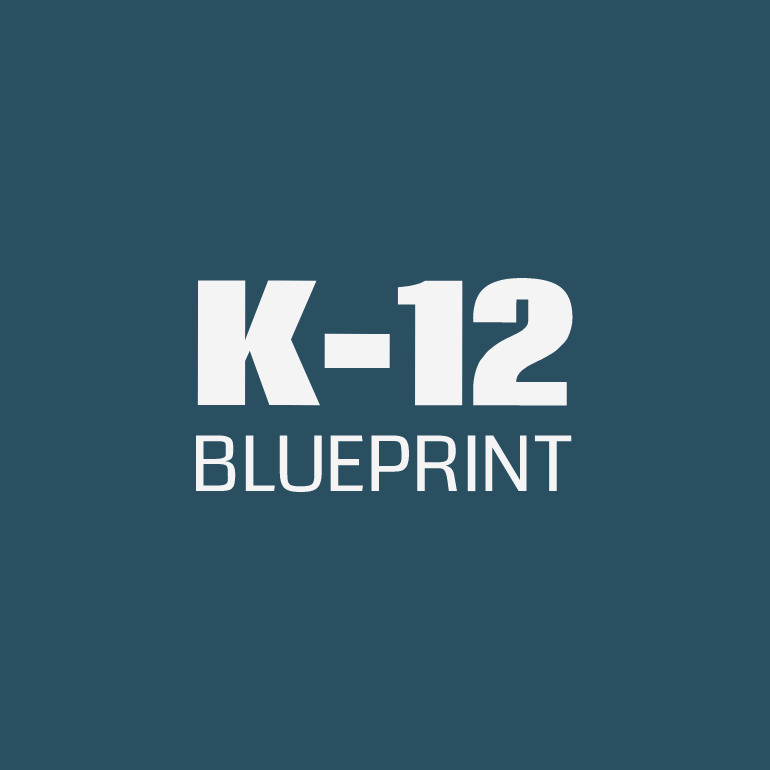According to a survey of school leaders, 90 percent of middle and high schools and 84 percent of elementary schools were providing a device for every student. And, in terms of schools and districts, affordable laptops often mean Chromebooks. And while Chromebooks may be here to stay, they are not—however—designed to last.
Steven Burt

Steve has worked for Clarity Innovations since 2002 and is currently the Director of Strategy. He oversees the development of new solutions for Clarity's clients. This process typically involves blending research-based practices with emerging technologies. He's paying a lot of attention right now to the education potential of emerging ecosystems as well as how changes in digital publishing are affecting teaching and learning in the classroom. Having worked with educators and students for nearly two decades, Steve is skilled in understanding a wide variety of technologies and their application in education.
Prior to his work at Clarity, Steve was a high school principal and tech coordinator. He began his career as a History and English teacher where he taught everything from Advanced Placement courses to fine art. These experiences put him directly in touch with the reality that many educators face when trying to apply technology effectively in their teaching. Steve also presents workshops, trainings, and keynote presentations for corporations and conferences. In 2000, Steve was named one of America's Top 100 Educators and has been twice-awarded Best of the Best at ISTE.




